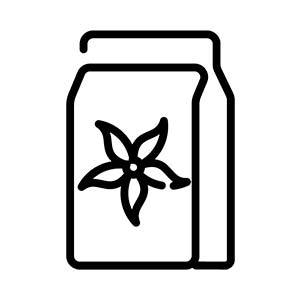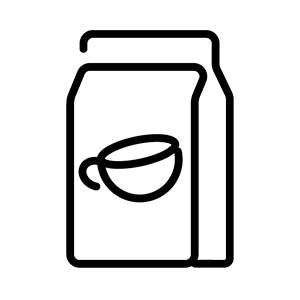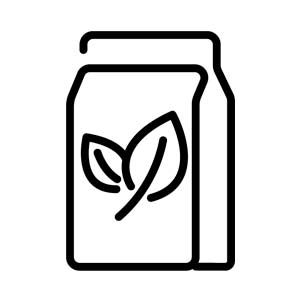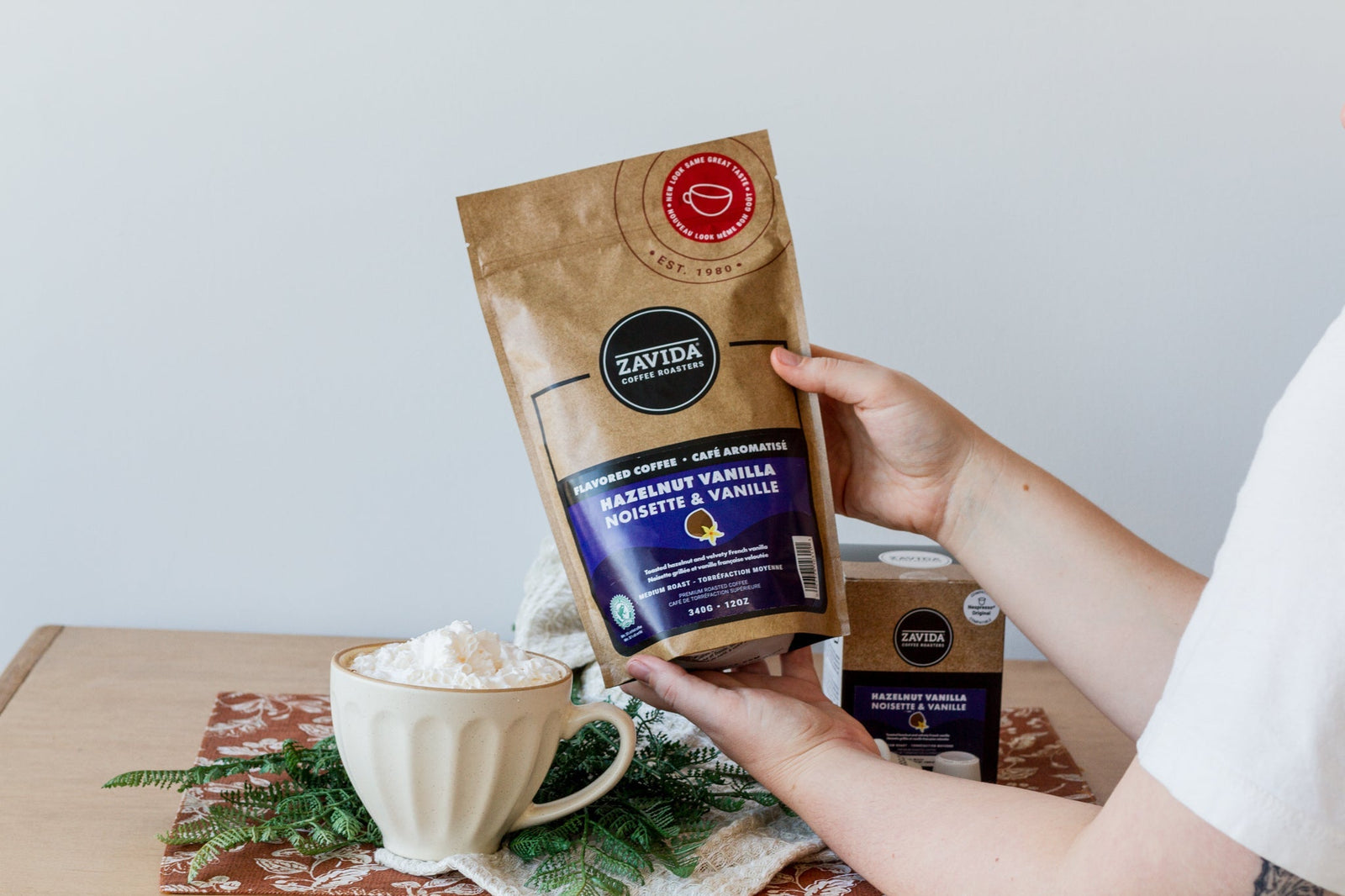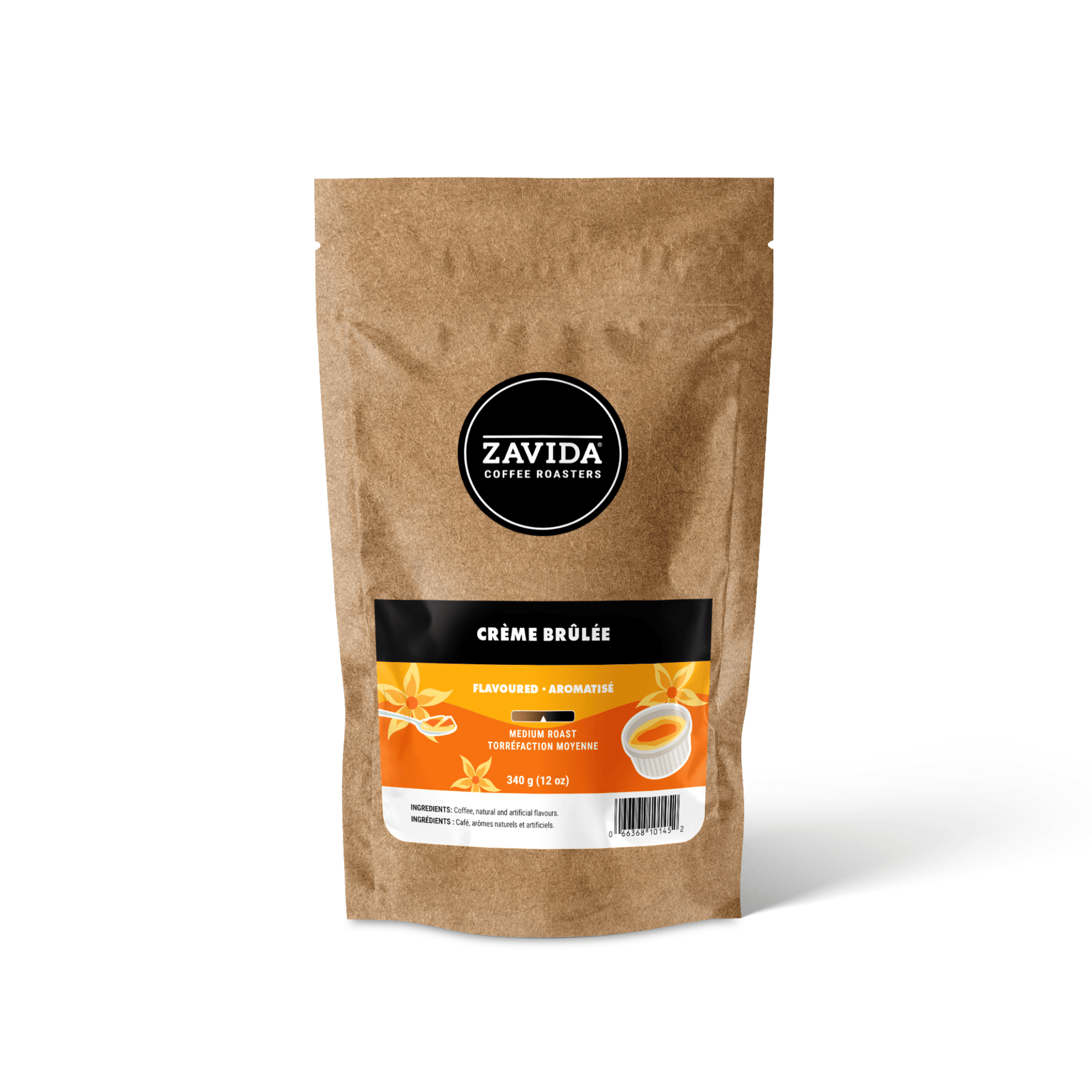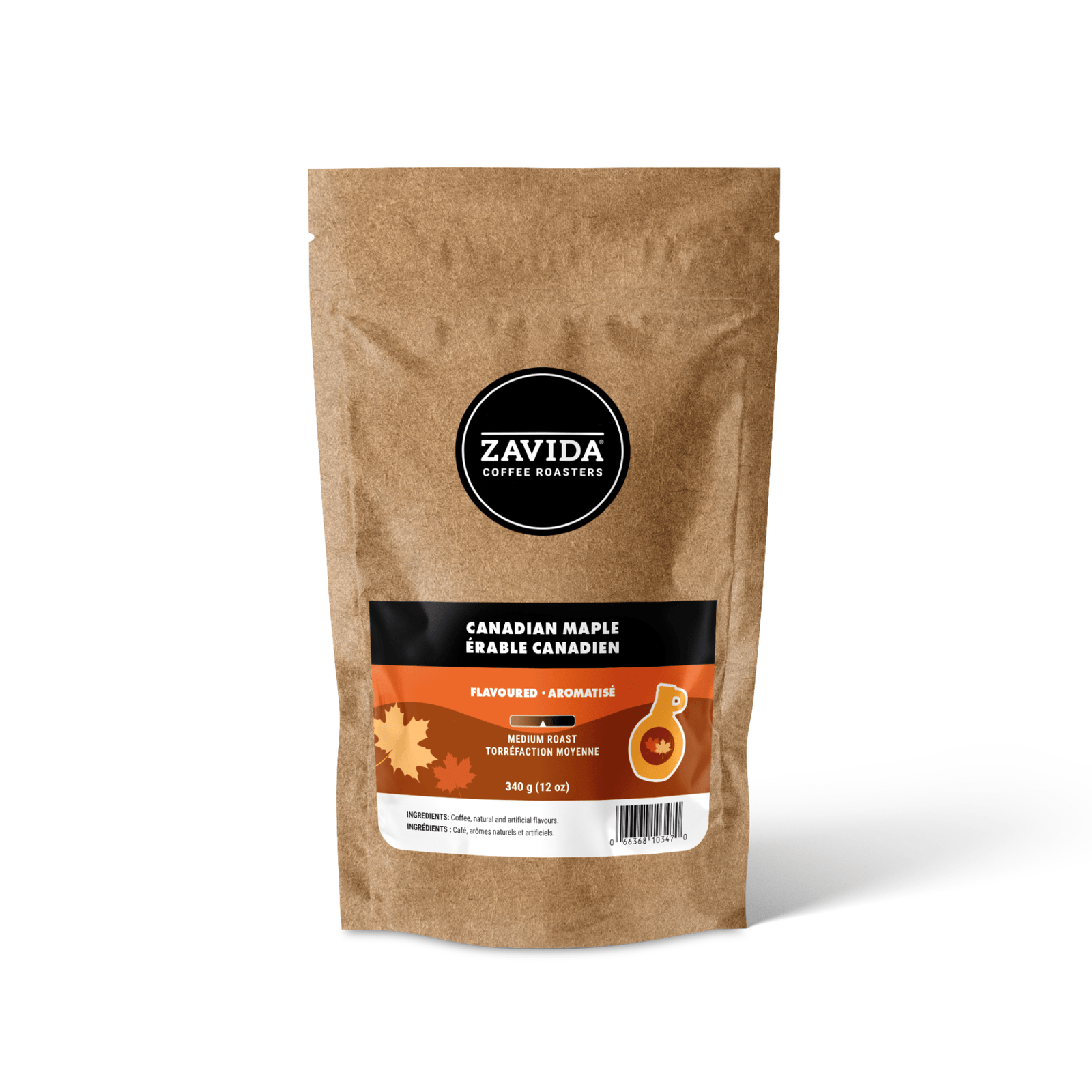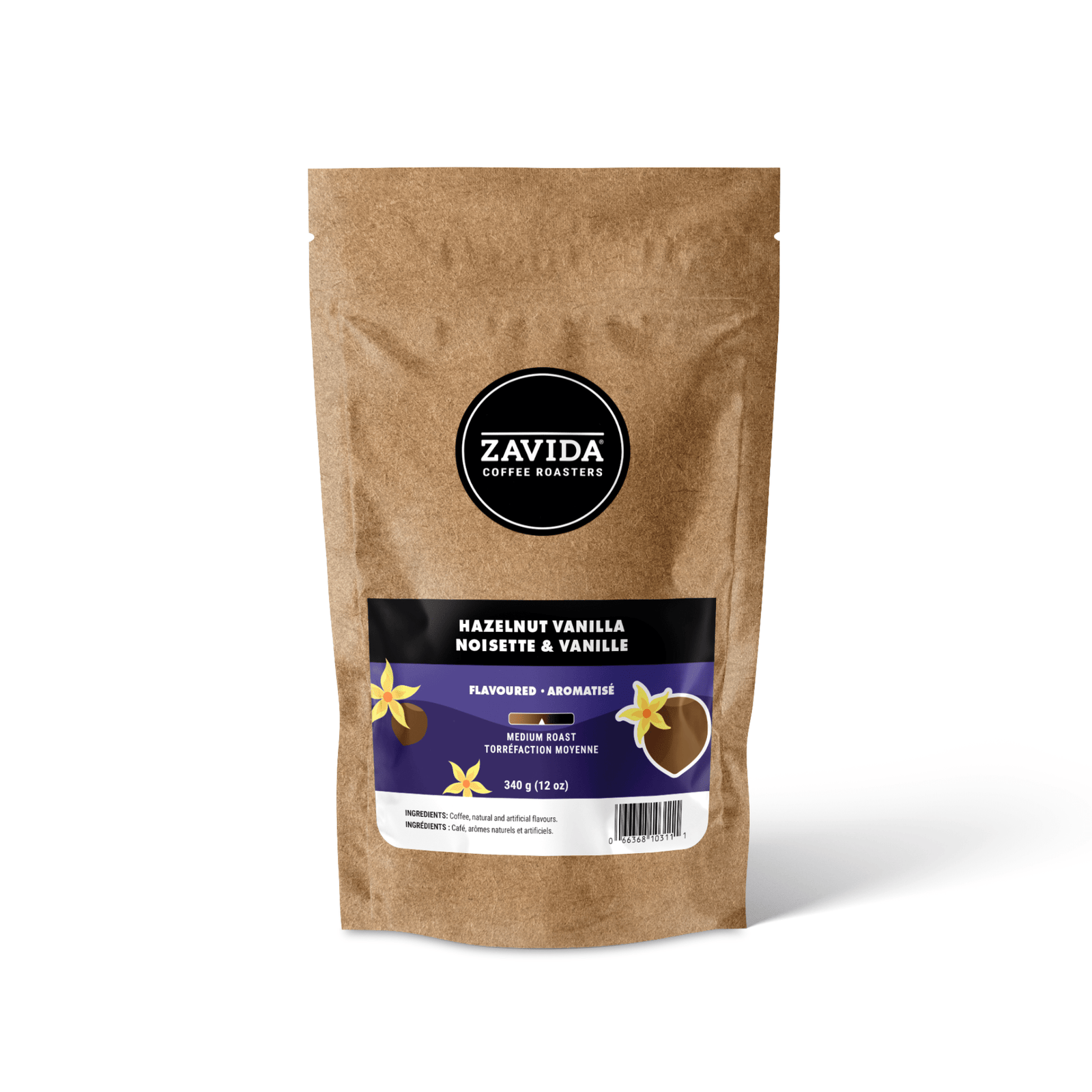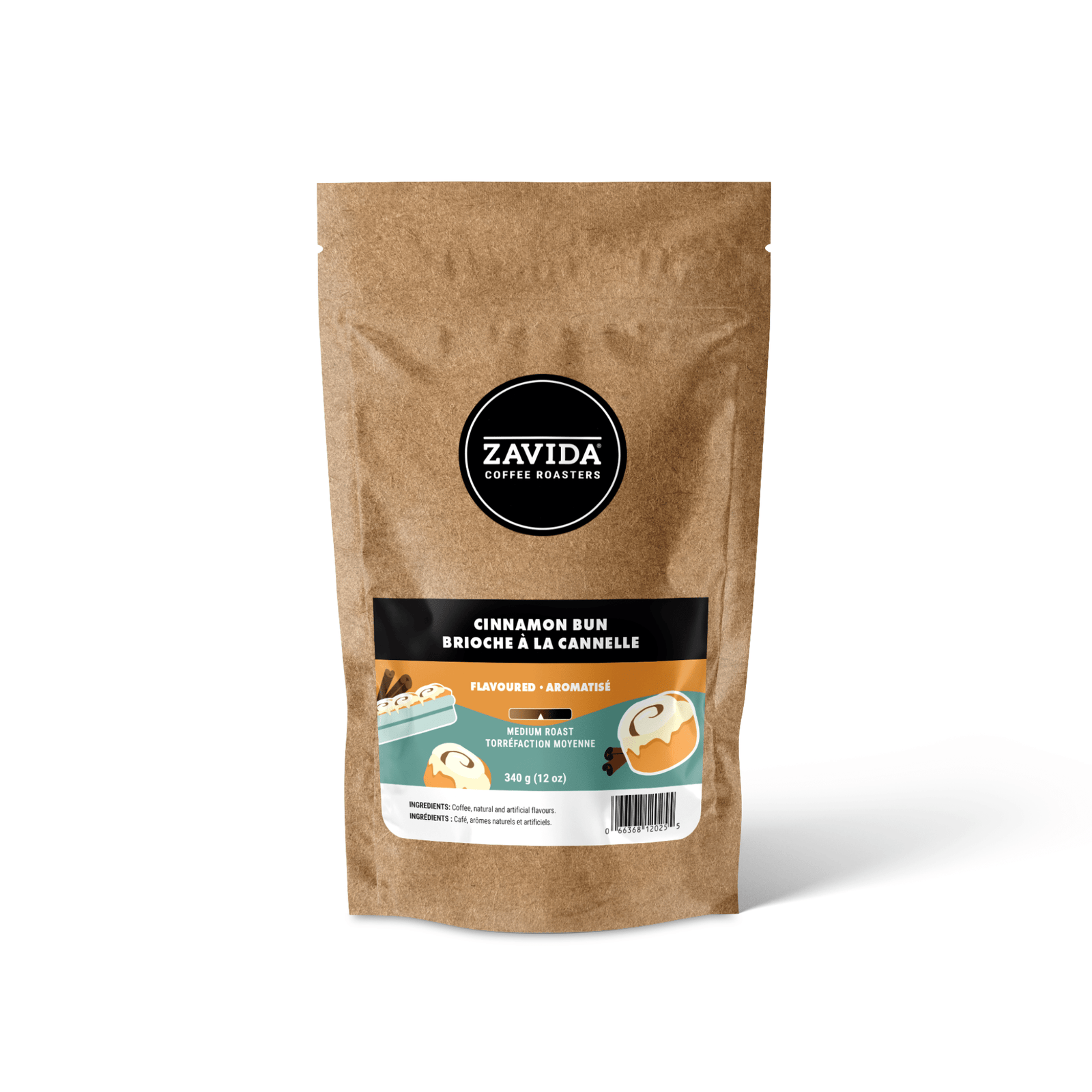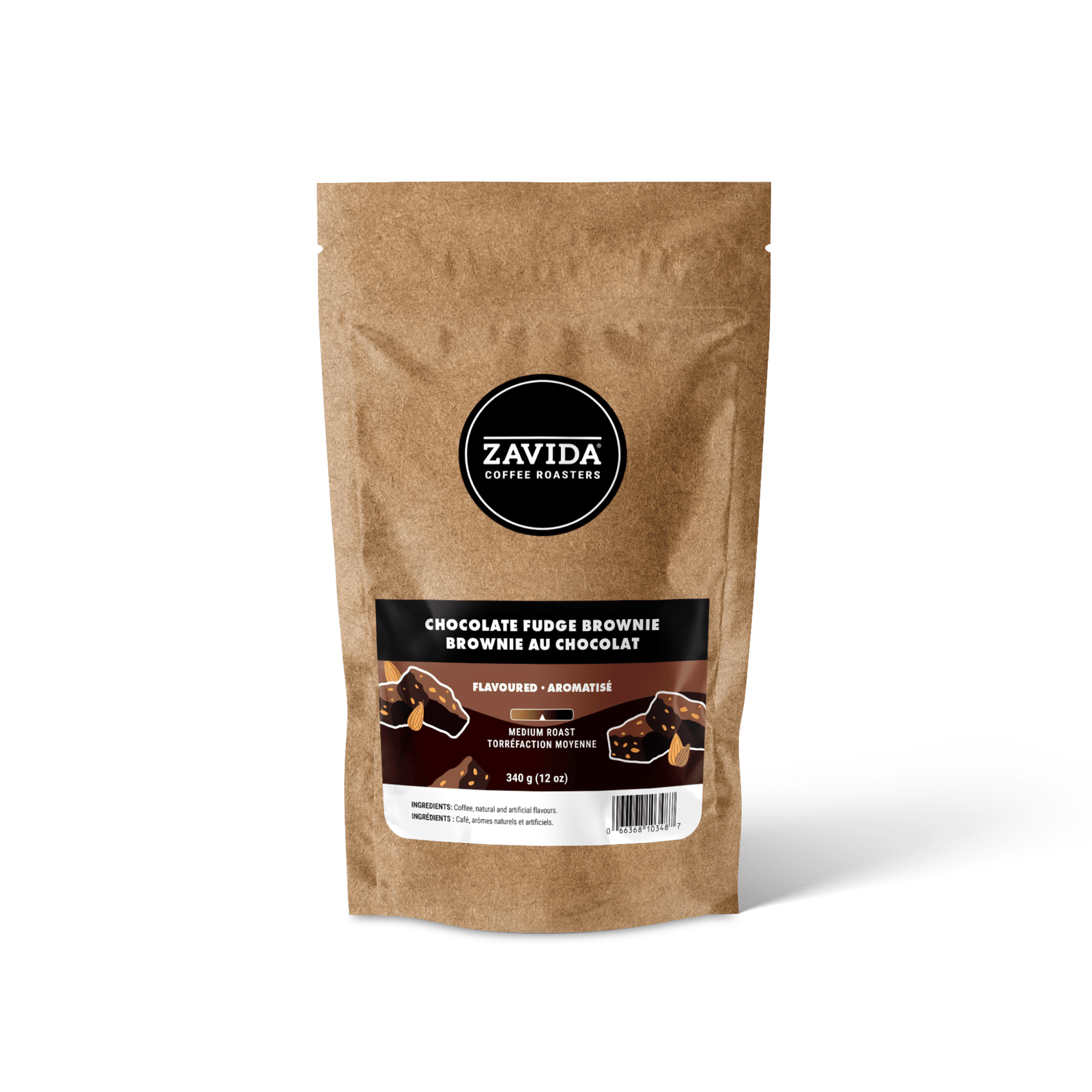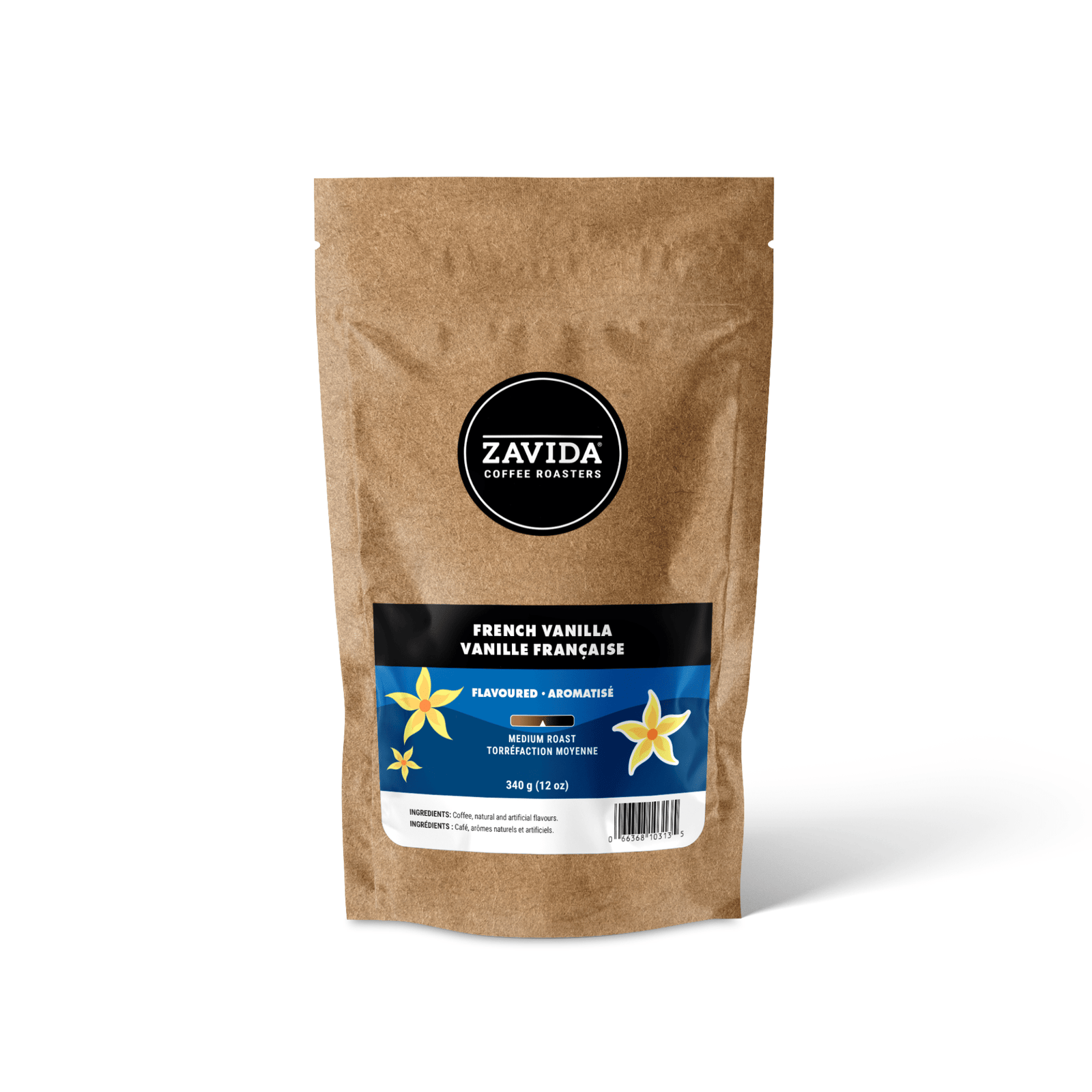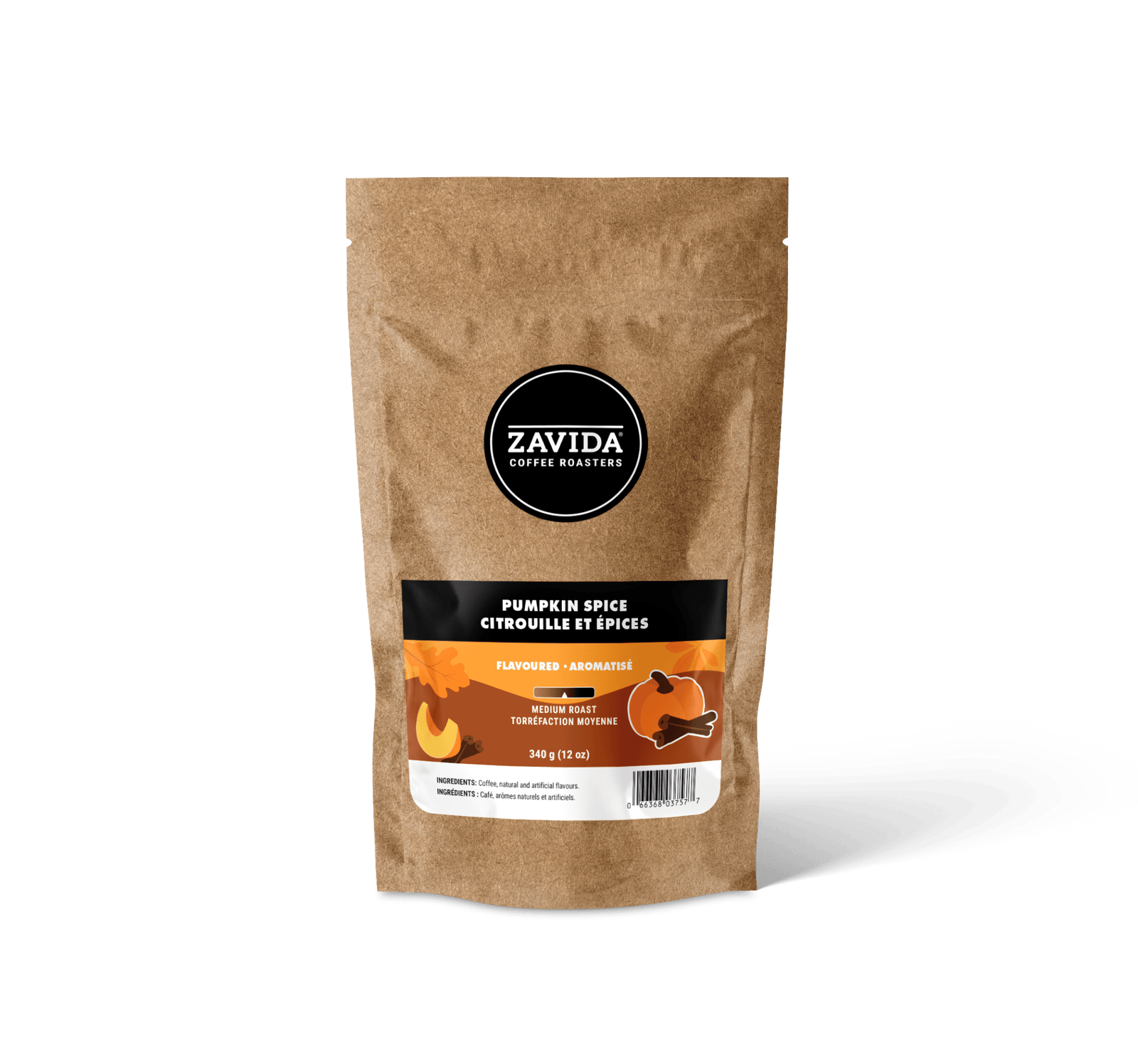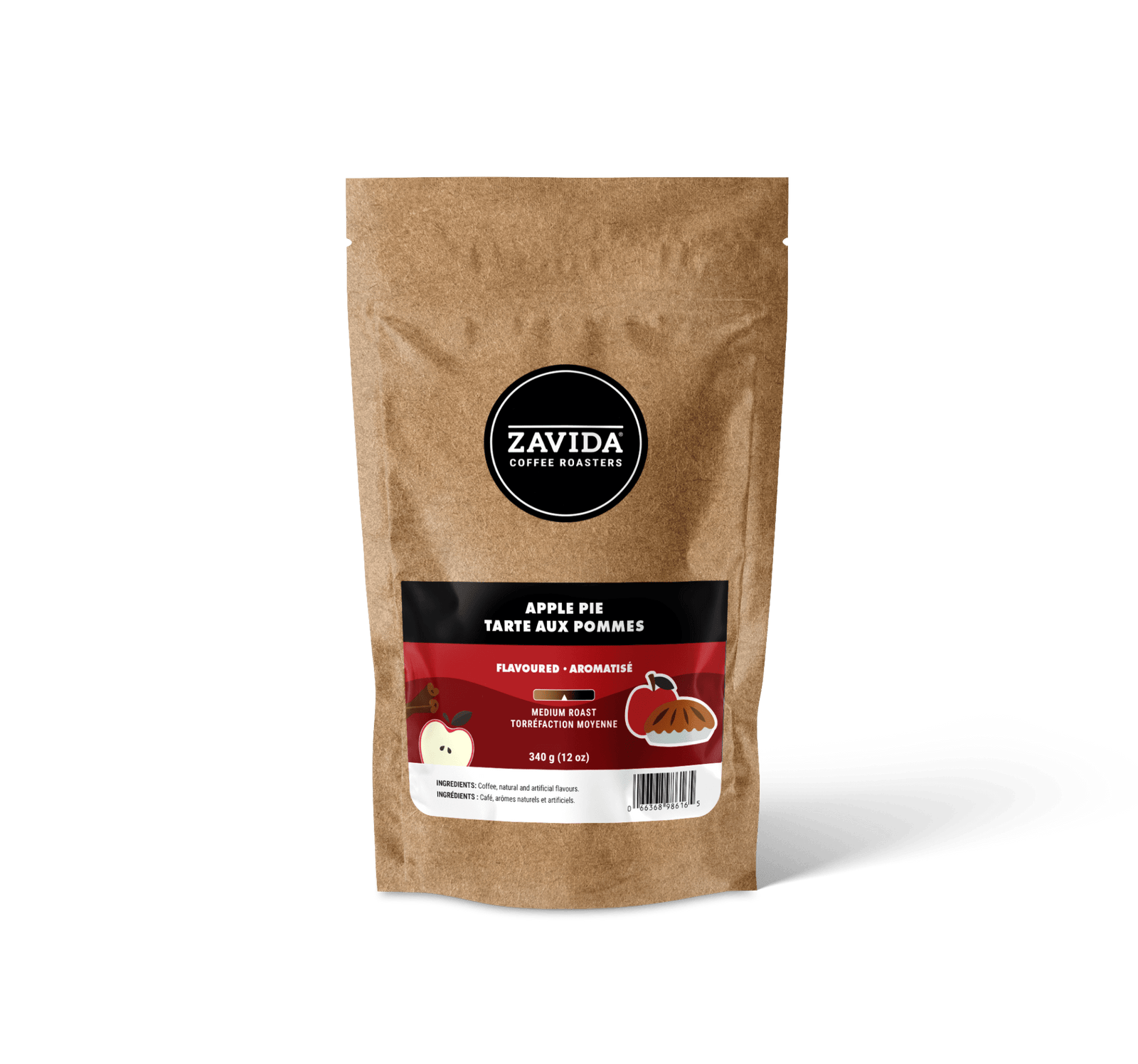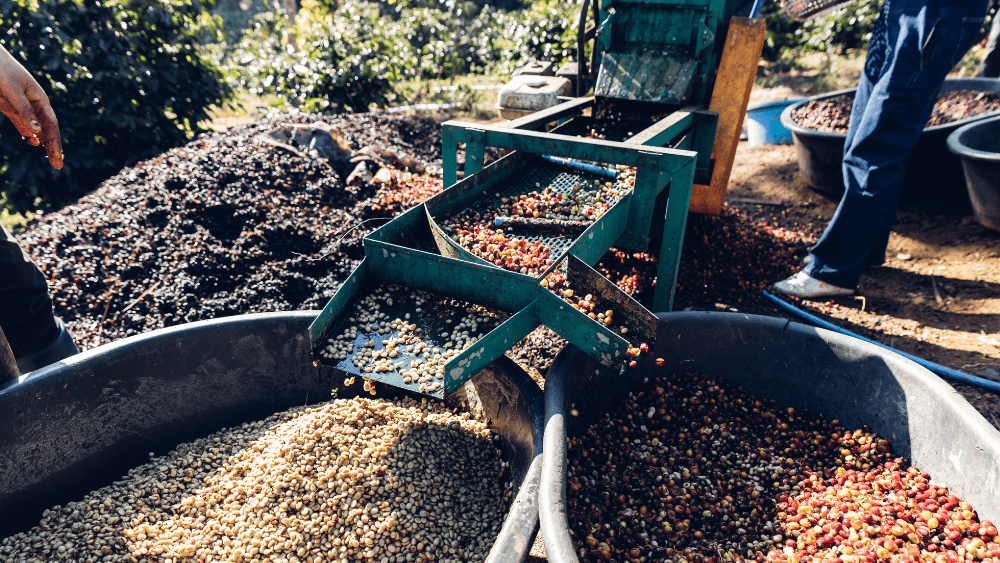
Que vous soyez amateur de café ou non, il est important de connaître la différence entre un café d'origine unique et un mélange de cafés. Lorsque vous entendez ces noms, la description qui vous vient à l'esprit est probablement assez proche.

Le café d'origine unique utilise des grains provenant d'une seule région géographique ou d'un seul pays, parfois même de la même ferme ! Son goût et son arôme sont distincts et peuvent ne pas plaire à tout le monde.
Pour les mélanges de café, tout est dans le nom. Des grains de café provenant de différents pays ou régions géographiques sont sélectionnés en fonction de leur acidité, de leur amertume, de leur douceur et d'autres facteurs, puis mélangés pour créer un café au goût équilibré qui plaît au plus grand nombre.
Il existe de nombreux types de café sur le marché. Choisir celui qui vous convient le mieux est parfois difficile. Dans cet article, nous allons expliquer les différences entre un café d'origine unique et un mélange de cafés pour vous aider à choisir parmi les différents types disponibles.
CAFÉ D'ORIGINE UNIQUE
Les cafés d'origine unique sont étiquetés comme tels car ils proviennent de la même région géographique. Pensez au café colombien ! Ces grains sont d'origine unique car ils proviennent tous du même endroit.
L'un des principaux avantages du café d'origine unique est que ses arômes sont toujours purs et uniques. Le café d'origine unique est généralement consommé noir, sans ajout de crème ni de sucre, ce qui permet de savourer pleinement son goût incroyable et pur.
Cependant, le café d'origine unique dépend souvent de la saison. Sa disponibilité peut fluctuer tout au long de l'année en raison des conditions météorologiques et des variations climatiques de la région. Cela rend le café d'origine unique plus cher que ses homologues mélangés.
Cependant, si vous aimez savoir exactement d'où viennent vos grains et appréciez de siroter une tasse de café de haute qualité au goût unique, le café d'origine unique est parfait pour vous.
LES CAFÉS D'ORIGINE UNIQUE LES PLUS POPULAIRES
De nombreuses régions du monde proposent du café d'origine unique, chacune possédant des notes aromatiques et des conditions de récolte uniques. Voici les trois types de café d'origine unique les plus populaires et leurs caractéristiques uniques :
CAFÉ COLOMBIEN
La Colombie bénéficie de l'un des meilleurs climats au monde pour la culture du café. Les températures y sont élevées toute l'année et le pays connaît d'importantes précipitations, grâce à la luxuriante forêt tropicale andine. L'UNESCO a même inscrit le paysage culturel du café colombien au patrimoine mondial.
Le café colombien est élaboré avec passion, durabilité et qualité. Chaque plantation de café est le fruit d'une véritable histoire familiale et les pratiques agricoles traditionnelles ont été préservées.
Le café colombien offre une palette de saveurs uniques grâce à ses conditions de culture exceptionnelles. Généralement, il est moyennement corsé, acide et équilibré, avec de douces notes de caramel. Selon la région de culture, il peut également présenter des notes de noix et de chocolat, ou encore des notes florales et fruitées.
JUAN VALDEZ
Après le krach boursier de 1929, les producteurs de café colombiens se trouvèrent confrontés à une crise du marché international. La quantité de café vendue était nettement inférieure à la production mondiale. À cette époque, le Brésil, rival producteur de café de la Colombie, tentait de dominer le marché mondial.
C'est pourquoi, pour rester pertinents, le gouvernement colombien et ses producteurs de café ont décidé de créer la Fédération colombienne des producteurs de café (FNC) pour protéger le statut du café colombien en tant que produit d'origine unique.
En 1959, la FNC a fait appel à une agence de marketing new-yorkaise pour créer la marque Juan Valdez dans le cadre d'une campagne promotionnelle. Aujourd'hui, Juan Valdez est le premier fournisseur mondial de café colombien d'origine unique. Marque de café colombien la plus populaire du marché, elle propose une gamme complète de cafés colombiens authentiques et haut de gamme.
La FNC est l'une des plus grandes ONG rurales de la planète. Elle soutient tous les producteurs de café colombiens en les aidant à mener des recherches scientifiques, à améliorer leur qualité de vie et à promouvoir leur café grâce à des campagnes marketing efficaces comme celle-ci.
La marque Juan Valdez appartient donc aux producteurs de café colombiens. Juan Valdez est lui-même un caféiculteur fictif à moustache, présent sur les panneaux publicitaires et les étiquettes de produits de café 100 % colombien depuis 1959.
La campagne marketing de Juan Valdez connaît un succès international retentissant. Auparavant, le café était principalement vendu sous forme de mélanges de cafés provenant de différents pays et régions. Juan Valdez a propulsé le café d'origine unique au premier plan, plaçant le café colombien au cœur de l'offre.
Elle a été la première marque à mettre en avant l'origine exacte de ses grains de café, bouleversant ainsi l'industrie du café. Depuis, le café d'origine unique a gagné en popularité et est désormais perçu comme un produit de spécialité de haute qualité.
CAFÉ BRÉSILIEN
Le Brésil est une autre source importante de café d'origine unique. La première graine de café y fut plantée en 1727, alors que le pays était sous domination portugaise. On dit qu'elle fut introduite clandestinement de Guyane française par le sergent-major Francisco de Melo Palheta. Un peu plus d'un siècle plus tard, en 1840, le Brésil fut déclaré premier producteur mondial de café.
Le Brésil bénéficie d'un climat diversifié avec des saisons bien définies, ce qui en fait un pays idéal pour la culture du café. Il compte environ quatorze grandes régions productrices de café et demeure aujourd'hui le plus grand pays producteur de café au monde, assurant pas moins de 30 % de la production mondiale.
Bien qu'il existe de nombreuses variétés de café au Brésil, elles ont tendance à être peu acides et onctueuses, avec des saveurs douces et sucrées en raison de la faible altitude du pays. Ces saveurs se composent généralement de notes chocolatées et de noix. Il est rare de trouver du café fruité, floral et acide au Brésil, mais le café cultivé dans les régions légèrement plus élevées peut présenter de subtiles notes d'agrumes.
Le Brésil produit principalement du café Arabica, et la plupart de ses cafés sont produits selon la méthode naturelle de dépulpage. La région de Mogiana, dans le sud du Brésil, produit sans doute le meilleur café d'origine brésilienne, le Brazil Santos. Ce café brésilien classique, à la texture onctueuse, déploie de délicieuses notes de noisette et de chocolat.
Le café brésilien était autrefois considéré comme de moindre qualité, mais ces dernières années, ses techniques de culture et de récolte se sont considérablement améliorées. Son prix est peut-être inférieur à celui des autres grains de café, mais cela s'explique par le fait que le Brésil est le premier producteur mondial de café et dispose donc d'une offre abondante. On peut dire que le Brésil est aujourd'hui la source de café d'origine unique la plus abordable et de haute qualité au monde.
CAFÉ ÉTHIOPIEN
L'Éthiopie se situe en Afrique de l'Est et est enclavée entre l'Érythrée, la Somalie et le Kenya. Grâce à sa proximité avec l'équateur, le climat éthiopien est généralement chaud et sec toute l'année. Située sous les tropiques, elle présente un paysage montagneux de haute altitude, tandis que les régions de basse altitude sont arides et connaissent des précipitations plus faibles. Cela crée un espace optimal pour la croissance des plantes tout au long de l'année. Grâce à ses conditions de culture idéales, le café éthiopien dégage des saveurs parmi les plus dynamiques au monde.
L'Éthiopie serait le seul pays où le café pousse naturellement et n'a pas été importé. Elle est considérée comme l'origine du caféier. La légende raconte que le café éthiopien est né lorsqu'un chevrier a remarqué que ses chèvres recevaient un regain d'énergie après avoir grignoté des cerises de café. Curieux, le chevrier a approché une communauté de moines locaux avec ces cerises pour leur demander conseil et sagesse. Les moines ont alors découvert qu'en ajoutant ces cerises à l'eau, on obtenait une boisson énergisante magique, que nous appelons aujourd'hui café.
Le café est rapidement devenu le principal produit d'exportation de l'Éthiopie. Le pays compte six principales régions productrices de café, chacune composée de sous-régions. Le café produit est réputé pour son acidité, son corps léger à moyen, ses notes florales et fruitées rappelant le vin. Il possède un arôme distinct et une acidité rappelant les baies.
Le café éthiopien est généralement cultivé dans l'une des trois régions principales : Sidamo, Harar et Yirgacheffe.
CAFÉ SIDAMO
Le café Sidamo se caractérise par son corps onctueux et ses douces notes d'agrumes. Son goût prononcé de citron et de sucre de canne est subtilement relevé. Son acidité est faible et son arrière-goût de fruits rouges est délicieux.
CAFÉ HARRAR
Le profil aromatique du café Harrar se compose de notes prononcées de vin rouge, de notes florales et de saveurs fruitées. Il est corsé, avec des notes de myrtille, de fraise et d'abricot, et un arôme épicé.
CAFÉ YIRGACHEFFE
Le café éthiopien Yirgacheffe est léger à moyennement corsé et présente un profil aromatique fruité et floral distinctif. Ces caractéristiques sont dues à sa culture en haute altitude et à son traitement à l'eau avant son séchage sur un lit surélevé. Acide mais plus léger que le café Harrar, il est préférable de le déguster en infusion lente, comme le filtre.
MÉLANGES DE CAFÉ
Les mélanges de café sont, comme leur nom l'indique, un mélange de grains provenant de différentes régions. Par conséquent, leur processus de production n'est pas réellement affecté par les variations saisonnières ; les grains peuvent provenir de régions aux saisons de culture et aux environnements différents. Cela permet de conserver une saveur constante et d'être facilement disponible toute l'année.
Saviez-vous qu'il n'est pas rare qu'un mélange de café contienne des grains provenant de dix régions différentes ? Cependant, les fabricants de café créent généralement leurs mélanges à partir de grains provenant de deux ou trois régions ou pays différents.

Les mélanges de café ont généralement des notes aromatiques douces et une texture onctueuse. Ils sont parfaits pour la préparation de lattes, de cortados et d'autres boissons à base d'espresso. Provenant de régions différentes, leur profil aromatique est généralement constant tout au long de l'année. Une réduction des conditions de récolte d'un type de grain ne modifierait pas considérablement la composition aromatique du mélange dans son ensemble. C'est pourquoi les mélanges de café sont idéaux pour une utilisation commerciale.
Le café mélangé est rond et équilibré, ce qui séduit un large public. Les mélanges de café sont élaborés en réfléchissant soigneusement aux grains qui se complètent et créent un goût agréable. Créer de nouveaux mélanges de café exige une connaissance approfondie des caractéristiques des différents grains de café du monde entier. Il ne s'agit pas d'un simple processus d'essais-erreurs.
HISTOIRE DES MÉLANGES DE CAFÉ
Le mélange de café le plus célèbre est apparu à la fin du XIXe siècle, lorsque des commerçants hollandais ont mélangé des grains de café Java de l'île de Java et des grains de café Mohka du Yémen. Ce mélange, simplement baptisé Mokha Java, est considéré comme le tout premier mélange de café existant. Malheureusement, sa disponibilité a diminué ces dernières années.
De nouveaux mélanges sont constamment créés. Chez Zavida, nous proposons deux délicieux mélanges de café. Café privé de Charles offre une sélection unique d'arômes et un profil de saveur bien équilibré et doux et notre Café torréfié français de qualité supérieure se compose de grains forts, aromatiques et savoureux qui ont été torréfiés lentement à la perfection.
ARTICLES DE BLOG CONNEXES
Si vous avez apprécié cet article, nous avons d’autres articles de blog sur d’autres sujets qui pourraient vous plaire !
Explication des types de mouture du café
Comment faire un expresso sans machine à expresso
Comment conserver le café : garde-manger, réfrigérateur ou congélateur ?
ZAVIDA : FOURNISSEUR DE CAFÉS D'ORIGINE UNIQUE ET DE MÉLANGES
Chez Zavida, nous proposons une variété de cafés d'origine unique et de mélanges de cafés. Que vous souhaitiez essayer notre café d'origine unique ou un Mélange de cafés , vous allez adorer notre large gamme. Nous avons hâte de découvrir votre café préféré !
Pour plus d'informations et de conseils sur le café, nous vous invitons à visiter notre blog ou Contactez-nous . Nous sommes ravis de vous entendre !

